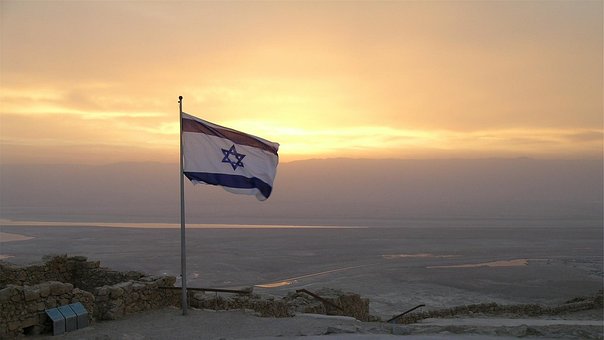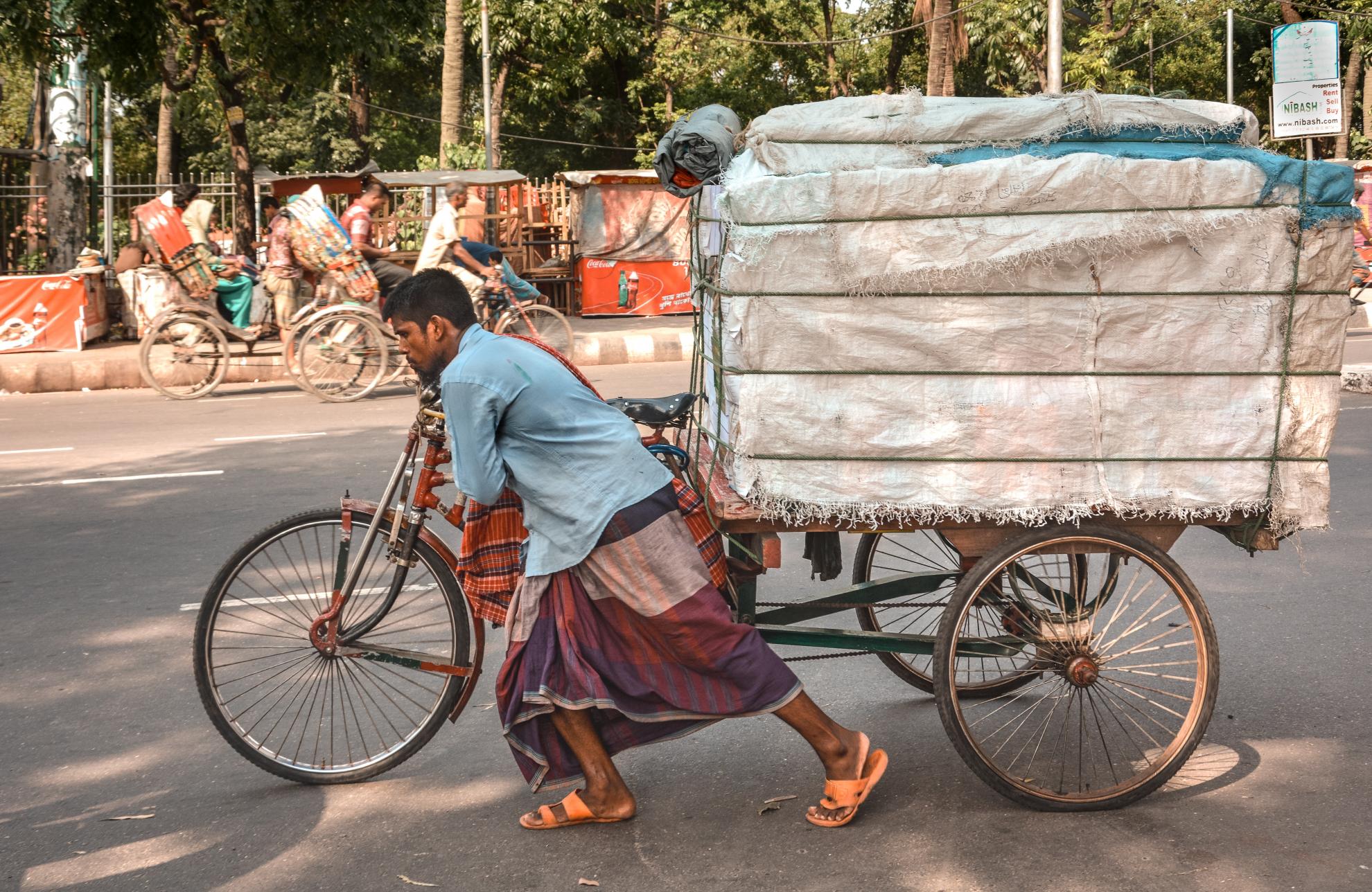March 23, 2022|כ' אדר ב' ה' אלפים תשפ"ב Tzav/Shushan Purim 5782 - Experiencing the Present with Our Eyes on the Future
Print Article
Purim, if it is nothing else, is a day focused on unity.Chazal point out that Haman’s main argument for the destruction of Bnei Yisrael was that we lacked unity, “Yeshno Am Echad Mefuzar Umefurad”. They are a nation that is fragmented and fractured.
And the Mitzvos of Purim come specifically to combat that notion of our infighting, and instead to bring us together. Mishloach Manos, The Purim Seuda, and Matanos L’Evyonim are all focused on reaching out one Jew to the other. The gemara in שבת even recognizes the significance of Purim as a time of Kabalas HaTorah, a time where we once again became “k’Ish Echad b’lev echad. But if this is all true, then we come upon a few conundrums when it comes to the structure of the holiday:
Question #1
With all of the divergent minhagim throughout Klal Yisrael, with the differences found between those who live in Eretz Yisrael and in the Diaspora, never do we find a holiday which is created in its original form to take place on different days for different Jews. The holiday of unity, the holiday of “Lech Knos Es Kol HaYehudim” as Esther calls to Mordechai to gather all of the Jews together, has two separate days: The 14th for most of Klal Yisrael, and the 15th, Shushan Purim, for all those living in walled cities. How strange that specifically in the holiday of unity we should institutionalize a distinction between Jews?!
Question #2
The reason for two different days according to the Megillah, is that the Jews in the entire kingdom fought their enemies on the 13th and celebrated their victory on the 14th. In Shushan, however, they fought on the 14th as well, and they celebrated on the 15th. Hence the name, Shushan Purim. However, when we determine which cities should celebrate on the 15th Chazal tell us that it depends on if the city had a wall during the days of Yehoshua Bin Nun. Yehoshua Bin Nun was our leader centuries earlier, during the original conquest of Eretz Yisrael. What does he have to do with Purim? The Rambam says the reason is “Sheyihiye Zecher l’Eretz Yisrael B’neis Haze”, that there should be a recognition, a remembering of Eretz Yisrael with regard to the neis of Purim. So…when determining a walled city we look to Eretz Yisrael. But that just begs the next question: Why is it so important to have a connection to Eretz Yisrael in the celebration of Purim?
Question #3
The Ten sons of Haman are written in the megillah columns. Says the Gemara in Megillah there are only two times when names are listed in columns – ten sons of Haman, and 31 kings of Canaan listed in the time of Yehoshua. Again, yet another connection between Purim, Yehoshua, and Eretz Yisrael. Why?
Rav Eli Baruch Shulman, a Rosh Yeshiva at Yeshiva University, offers a novel answer to both of our questions:
If we want to understand Purim appropriately, we have to look at it
within its historical context. The first 4 perakim of
Sefer Ezra tell us an important story that predates the story of Purim. King
Cyrus of Persia, the King who precedes Achashveirosh, gave a command that the
Jews should rebuild Yerushalayim. It was a time of great hope, as a foundation
was laid for a new Beis HaMikdash.
However, the non-Jewish inhabitants of Eretz Yisrael were not happy to see the Jews returning and did everything in their power to disrupt Jewish building in the land. They attacked them constantly, with the Jews eventually hiring armed guards to protect them as they rebuilt Yerushalayim. Eventually, the Non-Jews sent a letter to the King of Persia, claiming the Jews were disloyal to him and were planning a revolt. The letter worked, and the Persian King sent back and edict for the Jews to halt all building in Eretz Yisrael.
Who was the king who received that letter? And who were its authors? Rashi
cites Seder Olam – the letter writers were none other than the ten sons
of Haman. And the king was Achashverosh!
The death of Haman’s sons was
therefore doubly significant. Not only were they the enemies of the Jews, the
children of the author of the plan to destroy them. They were heads of the
terrorist opposition to the rebuilding of Israel. They’re death signified
not only a victory for the Jews of the Persian Empire. It was a victory for
shivas tziyon, for the return to Eretz Yisrael.
And that is why the Gemara compares their death to the deaths of the 31 kings
of Canaan whom Yehoshua defeated when he prepared to conquer Eretz Yisrael the
FIRST TIME. They were both obstacles in the way of the conquest of Eretz
Yisrael. It was after the
victory of Purim, the death of Haman and his ten sons and eventually the rise
of King Darius, who, according to Seder Olam (רש"י,
Ezra 4:24) was the son of Esther and Achashveirosh, that the Jews resumed and
completed the building of the Second Beis HaMikdash.
Therefore, Chazal instituted Shushan Purim; tying it to
walled cities at the time of Yehoshua ben Nun – as the Rambam says, so that
there should be a zeicher l’eretz yisroel beneis zeh, so that as we
celebrate Purim we should be reminded of the goal, a return to Eretz Yisrael.
The goal of Shushan Purim, then, is NOT a day to divide Jews, a day when one group celebrates separately from the other. Shushan Purim is the day after Purim. It is the day on which we contemplate the aftermath of Purim, what were the consequences of the miracle, what followed in its wake, where did it lead? Because it is the day of Purim itself that set the foundation for the return to Eretz Yisrael.
And by defining which cities celebrate Shushan Purim in terms of Yehoshua Ben Nun, the person who symbolizes Bnei Yisrael’s first entrance into Eretz Yisrael, even writing the names of the Ten sons of Haman the same way in which the 31 Kings of Canaan who were defeated by Yeshoshua himself are written, Chazal were reminding us to appreciate the events of Purim for what they meant not only for that present time, but more importantly, for our future return to Eretz Yisrael.
And this idea fits nicely with the gemara in Megillah which asks why we don’t say Hallel on Purim. After all, it is a day of tremendous simcha for the salvation that Am Yisrael experienced on that day?! And one answer the gemara gives is: “Adyain Avdei Achashveirosh Anan”, even as Am Yisrael were saved from the evil decree of Achashveirosh, we remained under his rule, living in Exile.
Yes, the yeshua was tremendous, but it would only be truly meaningful because of the path forward AFTER the day of Purim. If we would take the incredible miracle of our salvation to help us in our next stage, as we would head back to rebuild the community in Eretz Yisrael.
We continue to live at a time and in a place where we as a nation have flourished, and we must continue to give hakaras haTov to this country and to HKBH for providing us with a place in galus that has provided us with a unique opportunity to flourish both in ruchniyus and in gashmiyus. But is important that we also understand our experience in the appropriate historical context as well, with an eye on our future as a people.
Because no matter any individual’s current circumstances, it is important that we always remember that we as a people continue on a journey back to Eretz Yisrael. It is where we are destined to be, and it is where our future is.
Shushan Purim is NOT meant to be a day that emphasizes a lack of unity, chalila. Rather, it is just the opposite. It is the day that reminds all of us where the future of Am Yisrael was headed AFTER the salvation of Purim, and it reminds us that our eventual future as a people, takes us to one place: Eretz Yisrael.




